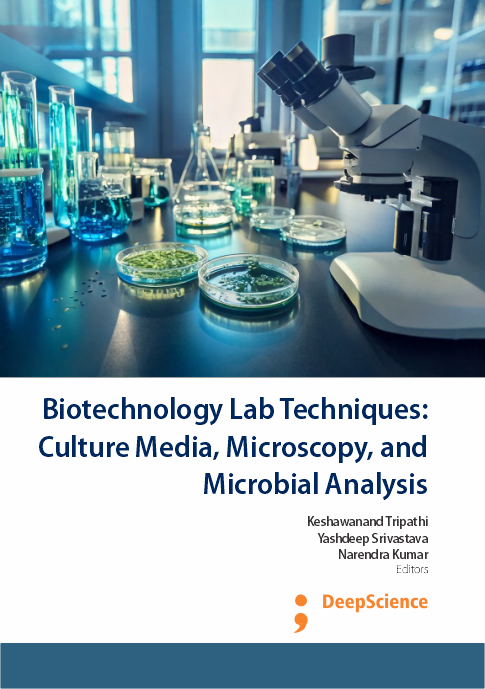Effects of ultraviolet (UV) radiation on microbial growth: Mechanisms, responses, and applications
Synopsis
UV light, spanning from 4 nm to 400 nm within the visible spectrum, serves as a potent form of radiation. Widely utilized for surface sterilization, particularly in workspaces like transfer hoods for culture inoculation, UV light effectively eradicates bacteria. However, its effects extend beyond sterilization, contributing to harmful mutations with grave consequences (Harm, 1980). Upon absorption by DNA, UV light instigates the formation of pyrimidine dimers. These dimers arise from covalent bonding between adjacent thymine or cytosine molecules in DNA strands, altering the molecule's structure. Consequently, DNA polymerase encounters impediments in replicating DNA strands beyond dimer sites, inhibiting gene transcription (Sinha and Hader, 2002; Reddy et al 2019; Srivastava et al., 2022). Despite cellular repair mechanisms such as photo reactivation, nucleotide excision repair, and the SOS system, an overwhelming accumulation of dimers leads to erroneous base substitutions, ultimately culminating in cellular demise (Benson, 2001; Tripathi et al., 2013; Tripathi et al., 2018).














